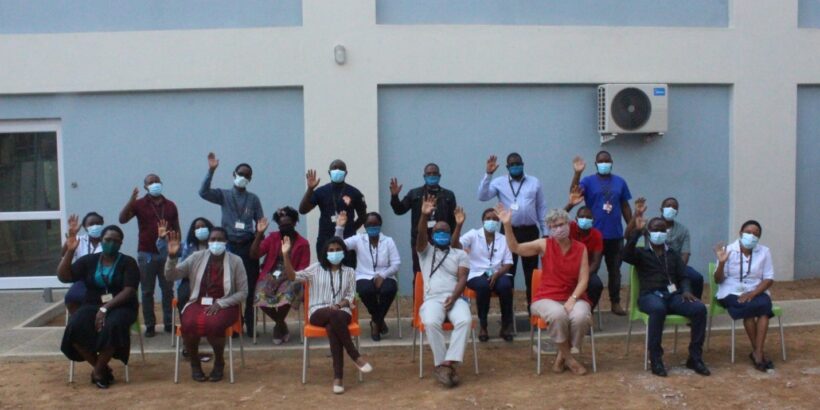Background on test-negative design
Typhoid continues to be a public health threat in sub-Saharan Africa. However, typhoid conjugate vaccine (TCV) is a proven intervention to reduce the burden of typhoid in endemic areas. TCV has been introduced in immunization programs in Pakistan, Liberia, Zimbabwe, and Nepal, with more to follow. Post-introduction vaccine evaluations are needed to understand the performance of the vaccine and are used to drive decision-making for future country introductions. One of the methods used to evaluate vaccine effectiveness (VE) post-introduction is the test-negative design (TND). The TND has previously been used to measure the effectiveness of influenza, rotavirus, COVID-19, and other vaccines, but never for typhoid vaccine.
The TND offers advantages for low-and middle-income countries (LMICs) due to its efficiency, convenience, and relative low-cost. Another strength of the TND is that is reduces potential bias due to differential health-care-seeking behaviors. In a TND, participants who present with illness are classified as cases or controls based on diagnostic testing for the pathogen being evaluated.
Results from Malawi
Our team conducted the first study to evaluate the use of the TND to estimate the VE of TCVs by utilizing data from a “gold standard” randomized clinical trial (RCT)of Vi polysaccharide typhoid conjugate vaccine (Vi-TCV) in Blantyre, Malawi. This study included all participants in the RCT per-protocol analysis followed for a minimum of three years who had a blood culture sample at least 14 days after the date of vaccination. Three TND samples were selected (TND-A, TND-B, and TND-C) which corresponded to three different analysis approaches to estimate the VE. The study sample included 27,892 children―21,664 with no blood culture specimen collected and 6,218 with at least one blood culture specimen.
The study had three main objectives: 1) to verify that Vi-TCV has no effect on non-typhoid fever, 2) to compare VE derived by the TND to the gold standard RCT efficacy results, and 3) to assess the impact of case-control matching, vaccine miscalculation, and the sensitivity of blood culture to detect typhoid on VE estimation in a TND.
Importantly, in the RCT population, vaccine efficacy against typhoid fever remained strong at the 3-year timepoint, with an estimated efficacy of 80.4%. VE efficacy for all three of the TND samples was 80.3% (TND-A), 80.5% (TND-B), and 80.4% (TND-C)—making them virtually identical to the RCT results. In addition, Vi-TCV had no effect on non-typhoid fever, which was one of the main objectives.
Significance of the data
The results from this study suggest that there are more options for evaluating TCV post-introduction. While further studies of the TND in different settings are needed, the results prove that the TND may be best suited for LMICs and offers additional advantages for these settings.
Photos: CVD




